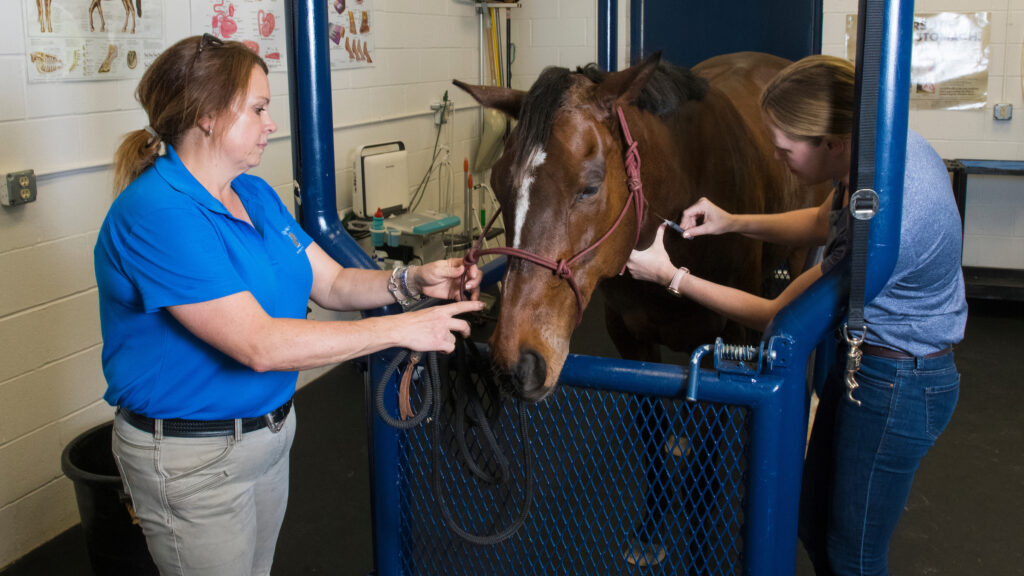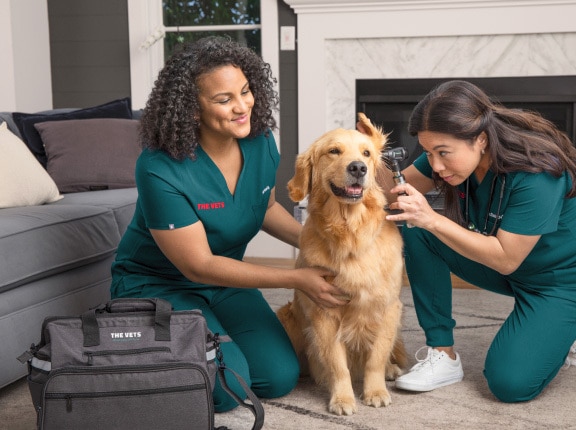Imagine this: in the next few years, your pet’s next doctor might not be a person at all. As artificial intelligence continues to lead the wave of technological innovation, it is bound to have a heavy impact on every single aspect of human life. And veterinary medicine is no exception, the only question is “How?”
Table of Contents:
- What is Veterinary Medicine?
- The Role of AI
- Telemedicine
- 3D Printing
- So What?
What is Veterinary Medicine?
Veterinary medicine is a branch of medicine that deals with the prevention, management, and treatment of disease and injury in domestic and wild animals. It’s like being the ultimate “animal whisperer”, where science, empathy, and a bit of detective work come together.
The Role of AI:

Like all other fields, the implementation of AI has rapidly improved how we deal with healthcare. AI makes life easier, allowing veterinarians to finish tedious tasks quickly, like filling out paperwork and being able to better focus on the patients.
For example, AI-powered gadgets like smartwatches are being adapted for pets. Devices like smart collars could do similar functions as smartwatches, yet it would be revised to allow for owners to be able to track health changes in real time.
Similarly, AI’s predictive powers are enabling personalized patient care, increasing the likelihood of a favorable result. One of the most common cancers in dogs is lymphoma and the standard treatment protocol for lymphoma does not consider the unique characteristics of each patient, nor the fact that each patient responds differently. ImpriMed, a startup based in California, provides a personalized treatment protocol that utilizes artificial intelligence (AI) to predict the effectiveness of over a dozen commonly prescribed drugs for canine lymphoma.
Telemedicine:

Telemedicine is the remote diagnosis and treatment of patients by means of telecommunications technology, like using a mobile phone or video call to communicate with a doctor. It already works with people, and it is becoming popular with pet owners too.
Research shows that one in four pet owners face major barriers to receiving veterinary care, and these problems range from health, finances, transportation, and even their location. This lack of access can leave many pets without the essential medical attention they need. For large animals, those that are difficult to transport, or animals with behavioral issues, telemedicine can increase access to care.
Virtual and augmented realities can make telehealth visits seem real. They also have the capacity to clarify what medical professionals and patients are truly seeing. It can conduct body scans and present a patient with the long-term effects of their actions and choices regarding their health, and in this case, their pets health.
3D Printing:

3D printing, though not as new or eye-catching as other technology like AI, is still becoming popular in veterinary medicine. Its revolutionary ability to create 3D models of various objects using computer-aided design (CAD) software allows for its successful application in animal health, including implants, prostheses, and tissue replacements.
For instance, customized implants made with 3D printing technology improve an animal’s quality of life. They are especially helpful in oncological cases where extensive tissue excision necessitates implant structures to replace lost tissue and restore function.
Furthermore, Derby, a dog born in the United States without front paws and with short forelegs, was one of the first animals to receive 3D-printed prosthetics. In December 2014, Derby received his prosthetics thanks to 3D scanning software, which allowed him to begin walking and running normally.
So What?

The future of veterinary medicine isn’t just about using cool thingamabobs—it’s about transforming animal care as we know it. With AI predicting health issues before they arise, telemedicine making expert advice just a video call away, and 3D printing customizing prosthetics for pets, these innovations are rewriting the rulebook on animal health. It’s not just an upgrade anymore; it’s a revolution that means better, faster, and more accessible care for our beloved companions.




